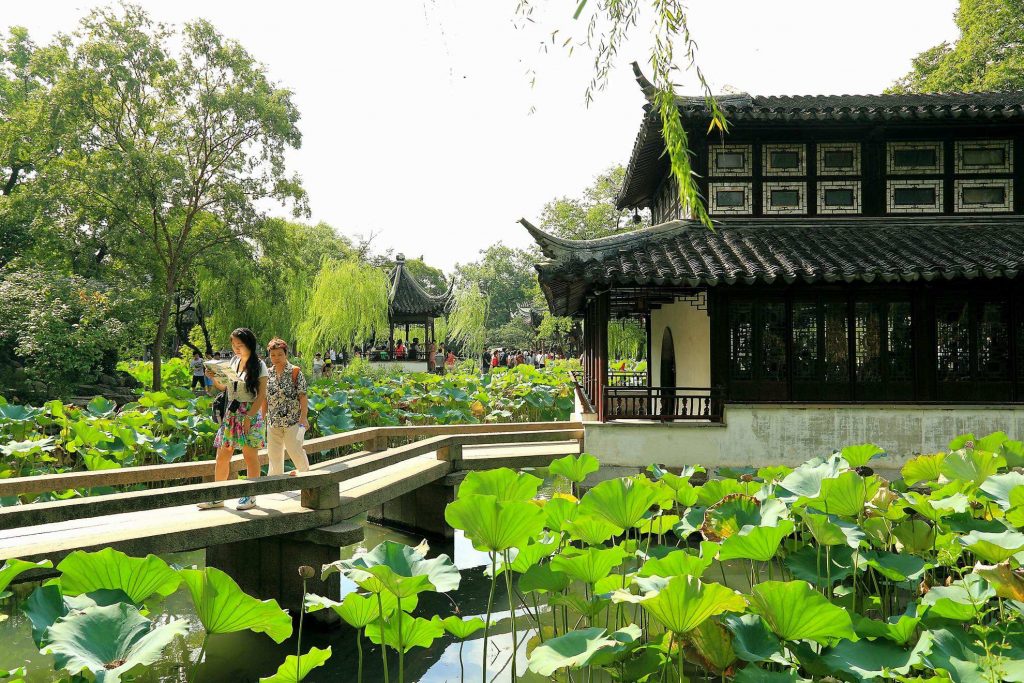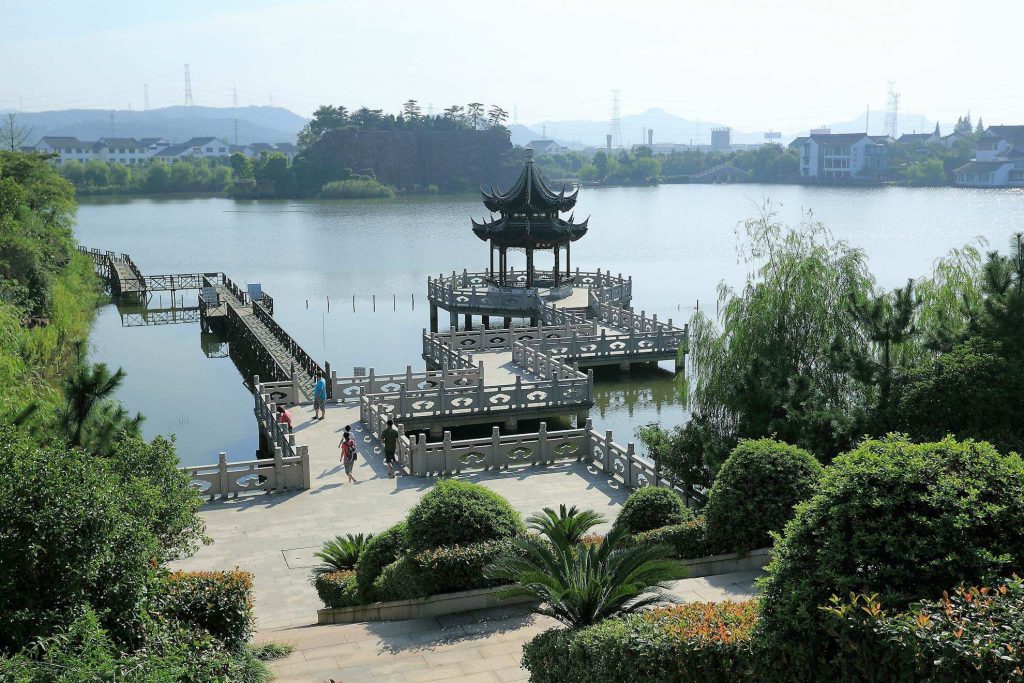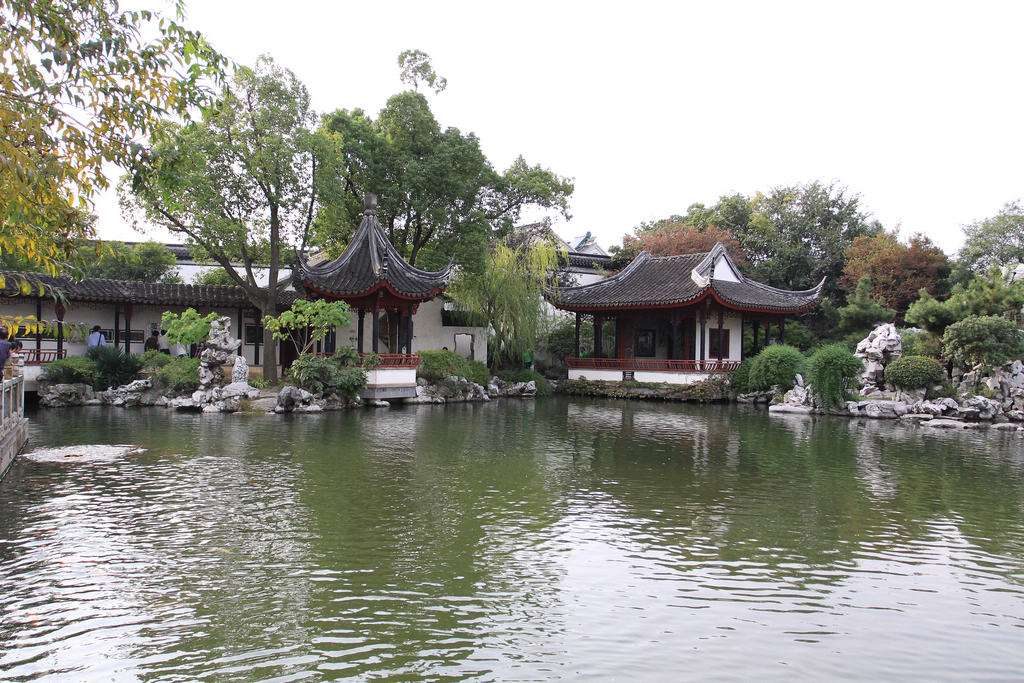The Characteristics of Suzhou Classical Gardens
2 min readSuzhou classical gardens are noted for their exquisite design and layouts. Landscape and build- ings are perfectly integrated, to create a great harmony be- tween man and nature.

For almost 1000 years, from the Northern Song to the late Qing dynasties, these gardens standardized the key features of classical Chinese garden design with constructed landscapes mimicking natural scenery of rocks, hills and rivers with strategically located pavilions and pagodas .

Interwoven with Taoist metaphysics of Laozi and Zhuangzi, the classical gardens of Suzhou were laid out in imitation of natural scenery to meet the intellectual and emotional needs of the Chinese.

Humble Administrator’s Garden is a renowned Chinese garden in Suzhou. At 51,590 square meters, it’s the largest garden in Suzhou and is generally considered to be the finest garden in all of southern China.
The Lion Grove Garden, covering an area of about 10,000 square meters, is tight near the Humble Administrator’s Garden. It was built in 1342 during the Yuan Dynasty, Lion Grove Garden is an ideal sightseeing site as it has richly ornamental pavilions and towers in different styles, each has its own history and story. The Garden is particularly well-known for the great quantities of its Taihu rocks that form an intriguing maze of mountain paths and varied scenes.

The Lingering Garden, one of the four most famous gardens in China, occupies an area of 23,310 square meters. It has changed hands several times, first built in 1593 during the Ming Dynasty by a retired official named Xu Tai. Like other famous gardens, the Lingering Garden seeks to create stunning natural landscapes within limited space. According to the style of the buildings, the garden can generally be divided into four parts: the central, eastern, western and northern parts. Of the four parts, the central part is the essence of the whole complex. This part was the original Lingering Garden while the other three were added during the Qing Dynasty.








